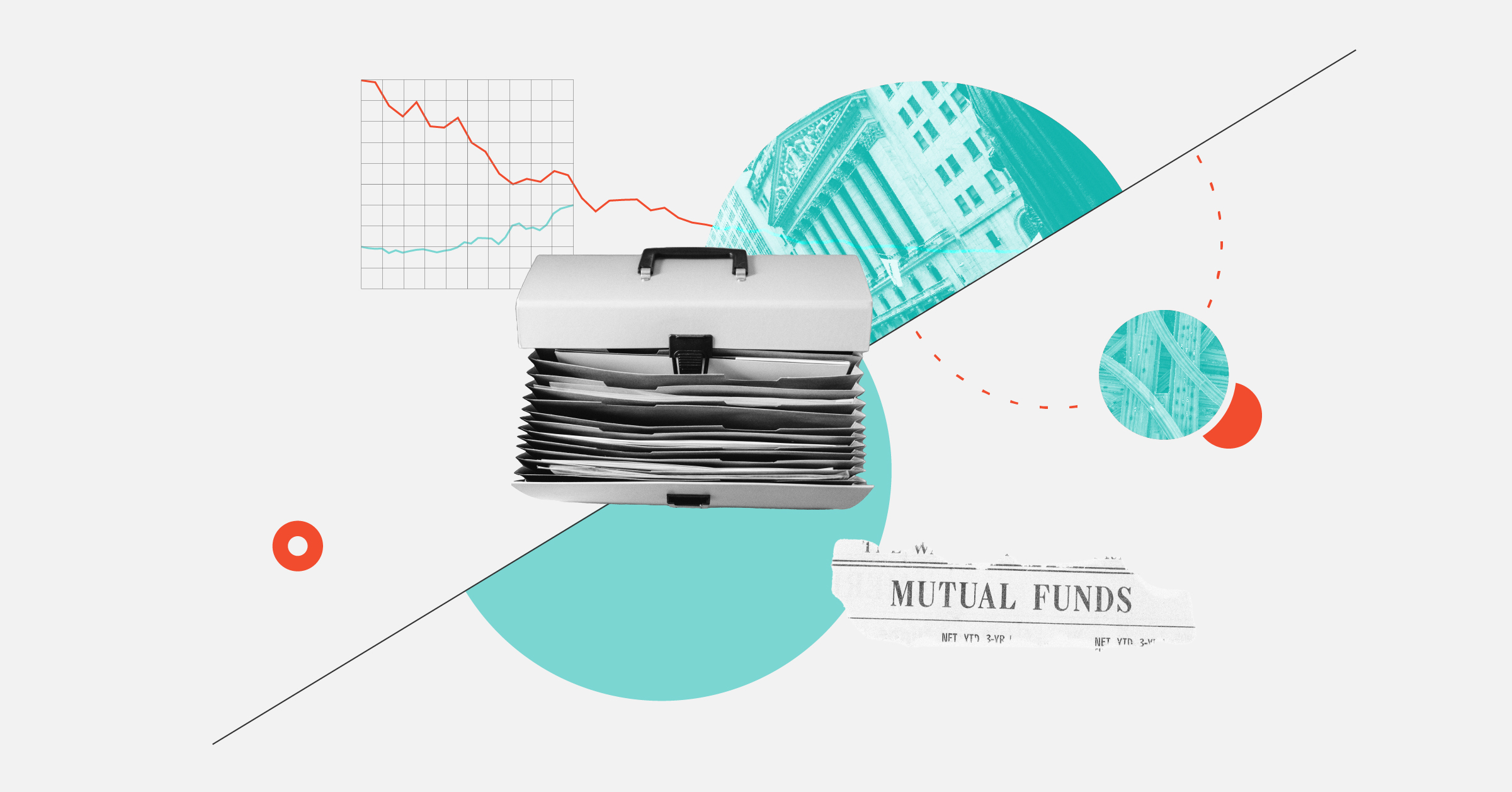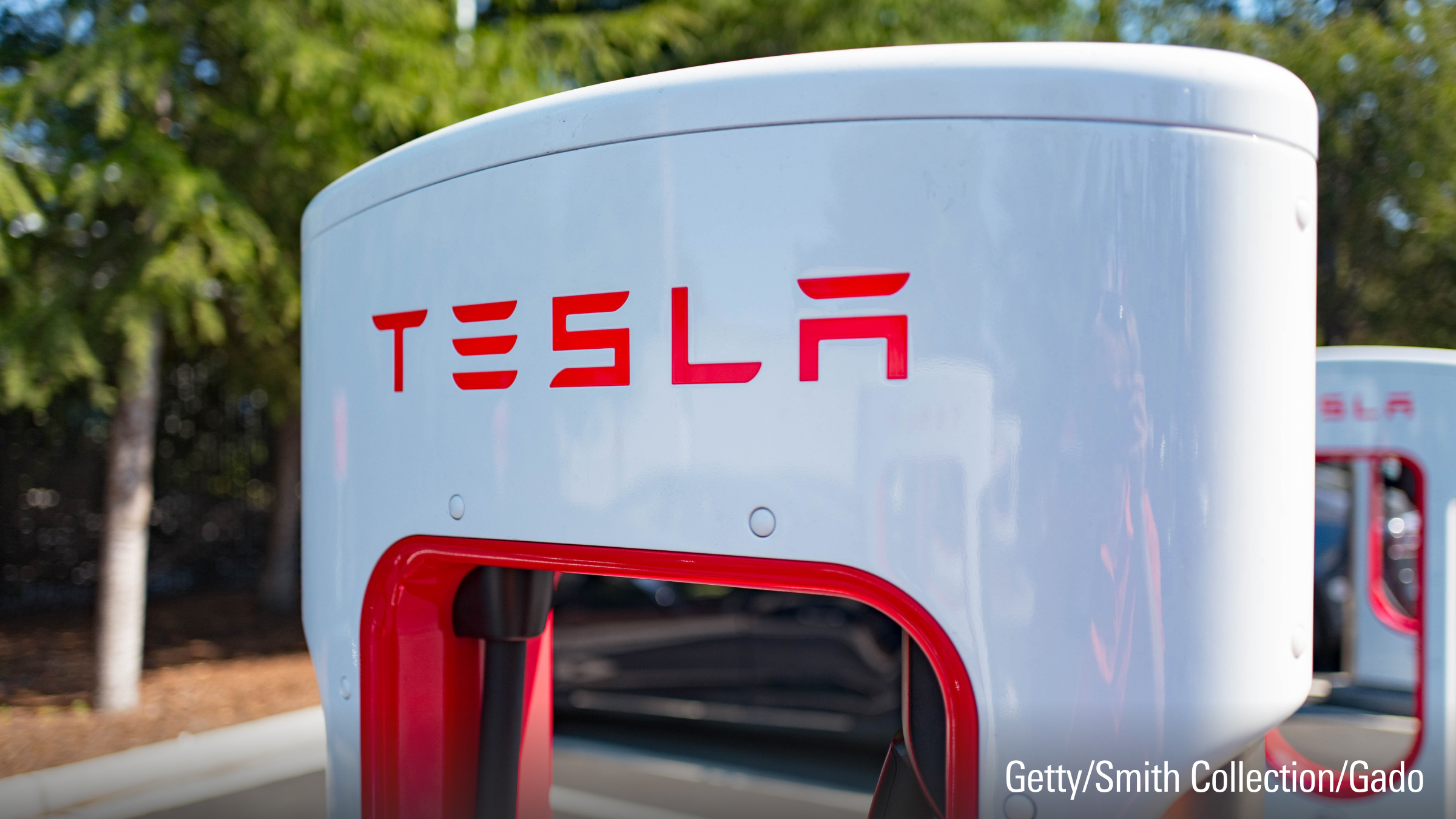Ivanna Hampton: Welcome to Investing Insights. I’m your host, Ivanna Hampton.
Dividend ETF investing can focus on income or on growth. As a result, these strategies can have different risk/reward profiles. The best funds are carefully constructed to strike the right balance, while serving their mandate. Morningstar has given four dividend ETFs top marks for pulling it off. Bryan Armour is the director of passive strategies research for North America for Morningstar Research Services. Check out my conversation with the ETFInvestor newsletter editor.
It’s good to see you, Bryan.
Bryan Armour: Thanks for having me.
Comparing Income and Growth Dividend ETF Strategies
Hampton: There are two popular strategies of dividend ETF investing. We have income and we have growth. How are these approaches similar and different?
Armour: They both use dividends as their signal, so that’s going to be the main similarity between the two, but they use those signals differently. So dividend income is going to be looking at maximizing the yield from dividend, the actual income stream, the cash flows that are coming into investors' portfolios. Whereas dividend growth is using consistent dividend growth over time to signify the quality of a company, the consistency and profitability of a company over a long period of time.
Blind Spots in Dividend ETF Investing
Hampton: And dividend income ETFs tend to target high-yield strategy. The focus is on income in the present instead of the future. What are the blind spots that investors need to keep in mind?
Armour: So there’s always a trade-off when focusing on the present rather than the future, and so you’re giving up some of that appreciation for income today. And so what ends up happening is you struggle to find growth when you have a higher-income stock in your portfolio.
Are Company Payouts Expected to Increase Over Time for Dividend Growth ETFs?
Hampton: Well, let’s zoom in on dividend growth ETFs where a company, the payouts, are expected to increase over time. Talk about the potential risk in believing that.
Armour: Well, number one, that could always change. The past is never a guarantee for future. But by having a long track record of rising dividend payments, you can become more comfortable with that, the likelihood that it’ll continue. But with higher-quality companies that tend to make up those dividend growth stocks and higher profitability, there tend to be higher prices as well. So you could end up paying a higher price for something that doesn’t live up to that valuation. And so with a dividend income strategy, it’s a lower bar to success.
Judging the Performance of Dividend ETF Strategies
Hampton: So do you think there’s an expectation that one dividend strategy will outperform the other—and I should stress—dividend ETF strategy?
Armour: Not necessarily, but different investors have different goals. So how they define success could change their interpretation, but usually income will come at the cost of appreciation over the long term. So it’s possible that dividend growth would be expected to have a higher total return over a long period of time.
What Is Factor Investing?
Hampton: Now, dividend investing can result in exposure to factors like value, quality, and low volatility. Can you briefly explain one, what is factor investing, and then where do dividend ETFs typically land?
Armour: Factor investing is basically looking at the different risk factors that affect a stock or are able to quantify for each stock or portfolio. So when you talk about value, what is the price relative to its fundamental value, like book value or earnings? And then something like quality could be how consistent is this company’s earnings or how profitable is the company? And then low volatility is just a backward looking, like, how volatile is the stock over some trailing period?
And so factor investing is a useful way of just understanding the risks of the stock you own. And so dividend income strategies tend to push into value. And higher-yielding companies tend to be priced at a lower price because there’s less growth opportunities for those companies. Value tends to run counter to quality in many instances. And so dividend income tends to be higher in value, potentially higher in low volatility, and then a little lower in quality, and then dividend growth—a little bit higher in quality but also pushes not as far toward value. And then also low volatility strategy.
Writing Your Factor Exposure Checklist for Dividend ETFs
Hampton: And how do you find a dividend ETF that provides the optimal, or just right amount, of factor exposure? And what should appear on our checklist? I’m going to write it down.
Armour: You’re looking for some value and low-volatility exposure without sacrificing quality is really what you want to do. And the best way to do that is to look for ETFs that can control the risks inherent to the strategy, and then also take steps to diversify the portfolio more broadly and limit the implementation costs of the strategy. So, low turnover, low fee, all the normal things that we look for in high-quality funds.
Gold-Rated Dividend Growth ETFs From Vanguard
Hampton: Got you. Well, four dividend ETFs hold Morningstar’s Medalist Rating of Gold. Let’s start with the two dividend growth ETFs from Vanguard that hold these marks.
Armour: Vanguard Dividend Appreciation ETF, which is ticker VIG. And then the international sister version of the strategy, which is ticker VIGI, which I own. Both look for a long track record of increasing dividend payments from the companies that they hold. For the US strategy, it’s a 10-year lookback period of every single year increasing dividend payments. For the international strategy, it’s seven years. But what that does is it picks up companies that are high-quality, that are consistently profitable, and then it market-cap weights them so that you don’t end up having that much active risk moving away from the market. There’s less turnover and less rebalancing to do at each rebalance. And so that keeps costs down for the fund. And obviously both are very cheap compared to category peers.
Why Is Vanguard’s Dividend Income Strategy Impressive?
Hampton: And explain why Vanguard’s top dividend income strategy also impressed Morningstar analysts.
Armour: Vanguard High Dividend Yield ETF takes a different approach where it filters down to companies with above-average dividend payouts and then still market-cap weights those that remain, which keeps a broadly diversified portfolio, lowers implementation costs. That one gives you a little bit more yield than the dividend growth strategies. So it’s significantly higher than the market but not crazy. There’s a certain trade-off between going too high on yield and risk, and so it does a good job of balancing the two.
Why Schwab’s Dividend ETF Is Worthy of a Gold Rating
Hampton: And the final and fourth Gold-rated dividend ETF mixes both income and growth strategies. Talk about the one from Schwab. I own this one. You own this one. What do you have to say?
Armour: Schwab US Dividend Equity ETF, which is ticker SCHD, does a really good job of explicitly targeting consistent dividend-payers with explicitly targeting profitable companies. And so it’s that combination that does a really good job of looking at things like value, low volatility, and quality all in the same portfolio, but it is more targeted. The portfolio is smaller than the Vanguard ETFs with 100 stocks, but I think you could expect higher income and also more profitable companies in that portfolio.
Hampton: Bryan, thank you for coming to the table today and discussing dividend ETF investing.
Armour: Of course. Thank you for having me.
Hampton: That wraps up this week’s episode. Thanks for watching and making this show part of your day. Subscribe to Morningstar’s YouTube channel to see new videos about investment ideas, market trends, and analyst insights. Thanks to Senior Video Producer Jake VanKersen, Associate Multimedia Editor Jessica Bebel, and Digital Communications Specialist Kumudini Devalla. I’m Ivanna Hampton, lead multimedia editor at Morningstar. Take care.
The author or authors do own shares in any securities mentioned in this article. Find out about Morningstar's editorial policies.















